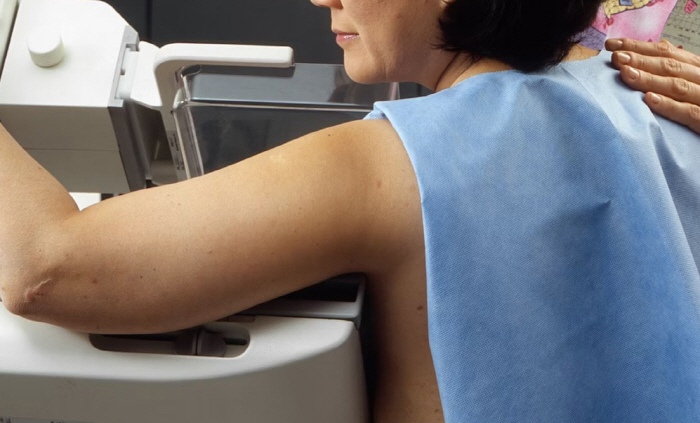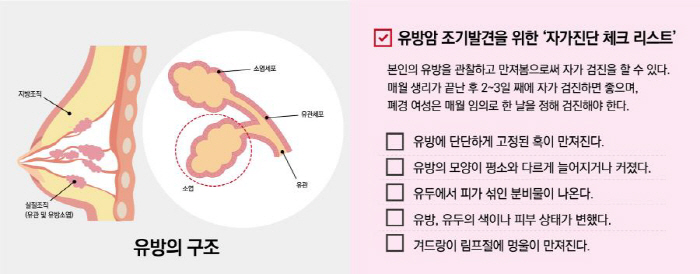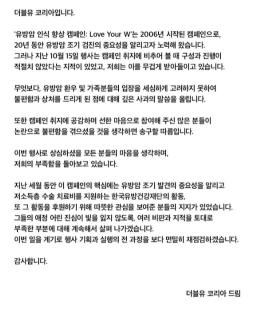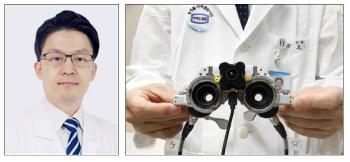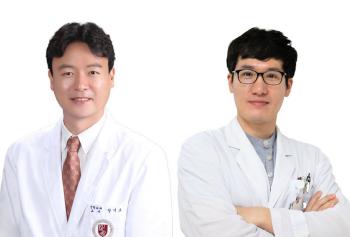Checklist for self-diagnosis of breast cancer No. 1 in women's cancer
May 08, 2025
|
Breast cancer is a mass of cancer cells that occur in breast tissue, especially the epithelial cells of the breast tissue 'Gwan' where breast milk travels or the gland tissue 'Baby Lobe' that produces breast milk. If cancer progresses, it can spread to the whole body, such as bones, liver, and lungs, far from the armpit lymph nodes, so early diagnosis and treatment are of paramount importance.
The main symptoms are the touch of a lump firmly fixed to the breast, blood-mixed secretions from the nipples, and changes in the shape of the breast or nipples. However, even if there are no symptoms, it is safe for women over the age of 40 to have a breast examination every 1-2 years. In other countries, the incidence of breast cancer increases as age increases, but in Korea, the incidence rate is higher in the 40s and 50s. Breast cancer is often difficult to feel symptoms until it grows more than 1 cm.
The clear cause of breast cancer is not yet known, but if you have a family history with hereditary breast cancer, increased exposure to female hormones is known as a risk factor. Postmenopausal hormone replacement therapy, oral contraceptives, late childbirth or pregnancy experience, early menopausal, obesity, drinking, smoking, and the presence or absence of proliferative lesions in the breast can also increase the risk.
Professor Kim Da-bin of breast thyroid surgery at Soonchunhyang University Bucheon Hospital said, `Recently, breast cancer has been on the rise in Korea. As it is known to be a cancer that occurs mainly in countries with high income levels, the increase in exposure to female hormones due to westernized eating habits, obesity, increased marriage and childbirth age is the cause of the increasing trend."
Breast cancer is confirmed by biopsy if necessary after abnormal findings are confirmed by imaging tests such as breast X-rays and breast ultrasound. Ultrasound-guided total biopsy biopsy is performed if there is a lump, and surgical biopsy is performed if fine lime is suspected.
Treatment of breast cancer is largely divided into topical-zone treatment and systemic treatment. Topical-zone treatments include surgery and radiation therapy, and systemic treatments include chemotherapy, targeted therapy, and endocrine therapy. Surgical treatment includes breast surgery and armpit lymph nodes, and breast surgery is divided into total mastectomy and breast preservation. In the case of total mastectomy, reconstructive surgery should be performed together if necessary, and radiation therapy should be performed together if breast preservation is performed or if the cancer level is high.
Systemic treatment for breast cancer is performed for hormone-positive breast cancer according to the nature of cancer, and chemotherapy is mainly performed for HER2-positive breast cancer, and chemotherapy for triple-negative breast cancer. In the case of early breast cancer, surgery is generally performed first and appropriate systemic treatment is performed. In the case of advanced breast cancer, the range of cancer can be reduced and surgery can be performed through prior chemotherapy.
Professor Kim Da-bin explained, "Recently, with the development of various targeted treatments and immuno-cancer drugs, the toxicity of chemotherapy has been reduced and the effectiveness has been increased, and there is a trend to improve the quality of life after survival by increasing cosmetic satisfaction and reducing complications through robotic surgery or microinvasive surgery through endoscopy.".
Prevention of breast cancer requires sufficient discussion and regular checkups between doctors and patients on the risk of breast cancer before taking female hormone-related drugs, which are known to affect breast cancer incidence. Long-term use of postmenopausal hormone replacement therapy or oral contraceptives is known to increase the risk of breast cancer by about twice. In addition, obesity with excessive body fat is known to increase the risk of postmenopausal breast cancer, so steady exercise and maintaining proper weight more than five times a week are important. Drinking and smoking are also reported to increase the incidence of breast cancer, so it is better to avoid it.
Professor Kim Da-bin said, `Many people worry about breast cancer when they have breast pain, but actual breast cancer is often found painlessly. In addition, although there are studies showing that multiple births and breastfeeding affect the reduction of breast cancer incidence, it is recommended that anyone over 40 years of age have regular checkups because childbirth and breastfeeding do not mean that there is no possibility of breast cancer.
If breast cancer is detected early and treated appropriately, the survival rate exceeds 95%. Even if it is asymptomatic, it is of paramount importance to receive regular checkups, make self-examination a daily life, and continue treatment and management according to the advice of medical staff. "
|
|
This article was translated by Naver AI translator.
